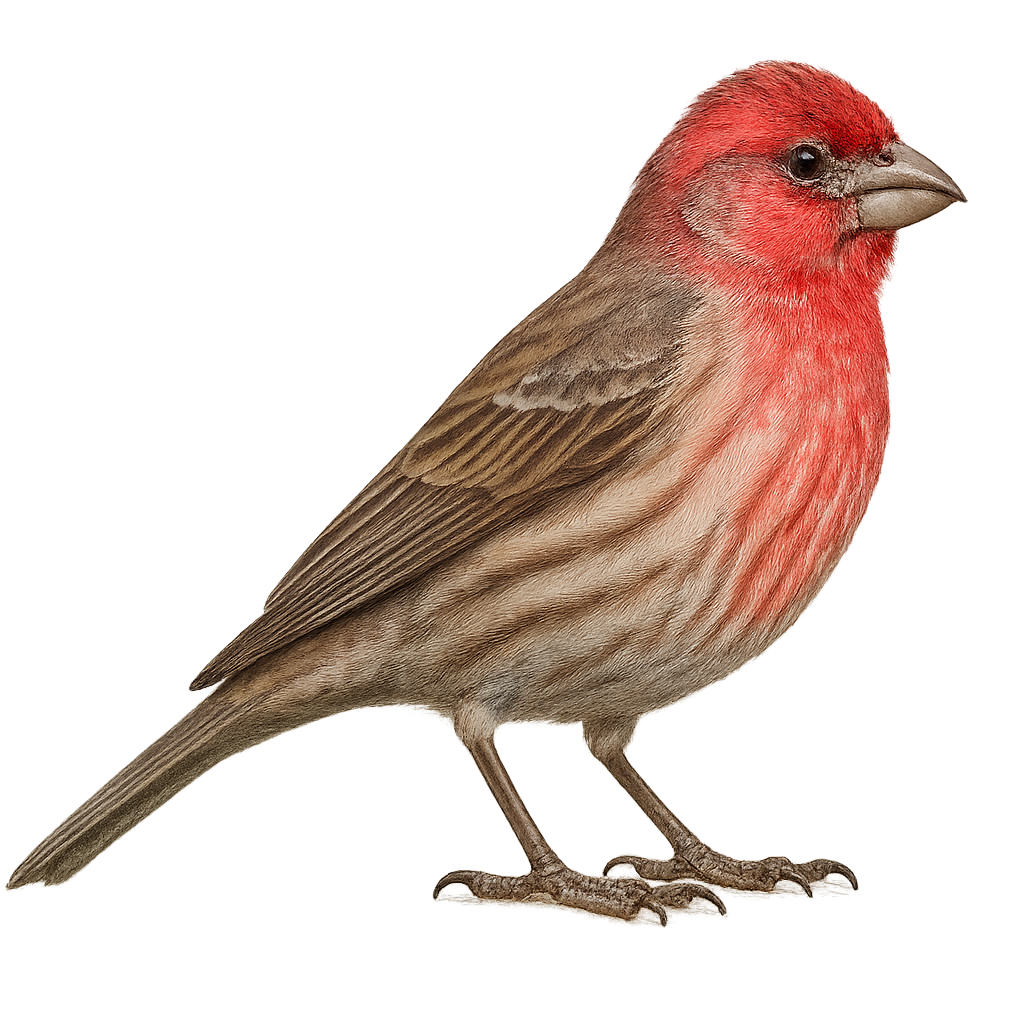Your wildlife photography guide.
Explore the house finch in detail, study its behavior, prepare your shots.
Where to observe and photograph the house finch in the wild
Learn where and when to spot the house finch in the wild, how to identify the species based on distinctive features, and what natural environments it inhabits. The WildlifePhotographer app offers tailored photography tips that reflect the house finch’s behavior, helping you capture better wildlife images. Explore the full species profile for key information including description, habitat, active periods, and approach techniques.
House Finch
Scientific name: Haemorhous mexicanus

IUCN Status: Least Concern
Family: FRINGILLIDAE
Group: Birds
Sensitivity to human approach: Suspicious
Minimum approach distance: 5 m
Courtship display: March to July
Incubation: 12-14 jours
Hatchings: March to August
Habitat:
Urban areas, gardens, open forests
Activity period :
Primarily active during the day, with peak activity in the morning and late afternoon.
Identification and description:
The House Finch, or Haemorhous mexicanus, is a small songbird native to North America. It is easily recognizable by its bright red plumage on the head, chest, and rump in males, while females display more subdued shades of brown and gray. These birds measure about 12 to 15 cm in length and have a wingspan of 20 to 25 cm. They are often seen in flocks, feeding on seeds, fruits, and occasionally insects. The House Finch is highly adaptable and can be found in various habitats, including urban areas, gardens, and open forests. It is known for its melodious song and ability to thrive in human-altered environments.
Recommended lens:
400mm – adjust based on distance, desired framing (portrait or habitat), and approach conditions.
Photography tips:
To photograph the House Finch, opt for early morning or late afternoon when the light is soft and golden. Use a 400mm lens or longer to capture precise details without disturbing the bird. Be patient and observe their behavior to anticipate their movements. Bird feeders can be an excellent spot to photograph them, as they often come to feed. Ensure you maintain a safe distance of at least 5 m to avoid scaring them away.
The WildlifePhotographer App is coming soon!
Be the first to explore the best nature spots, track rutting seasons, log your observations, and observe more wildlife.
Already 1 432 wildlife lovers subscribed worldwide

